Learn all about Clean Beauty at Sephora!
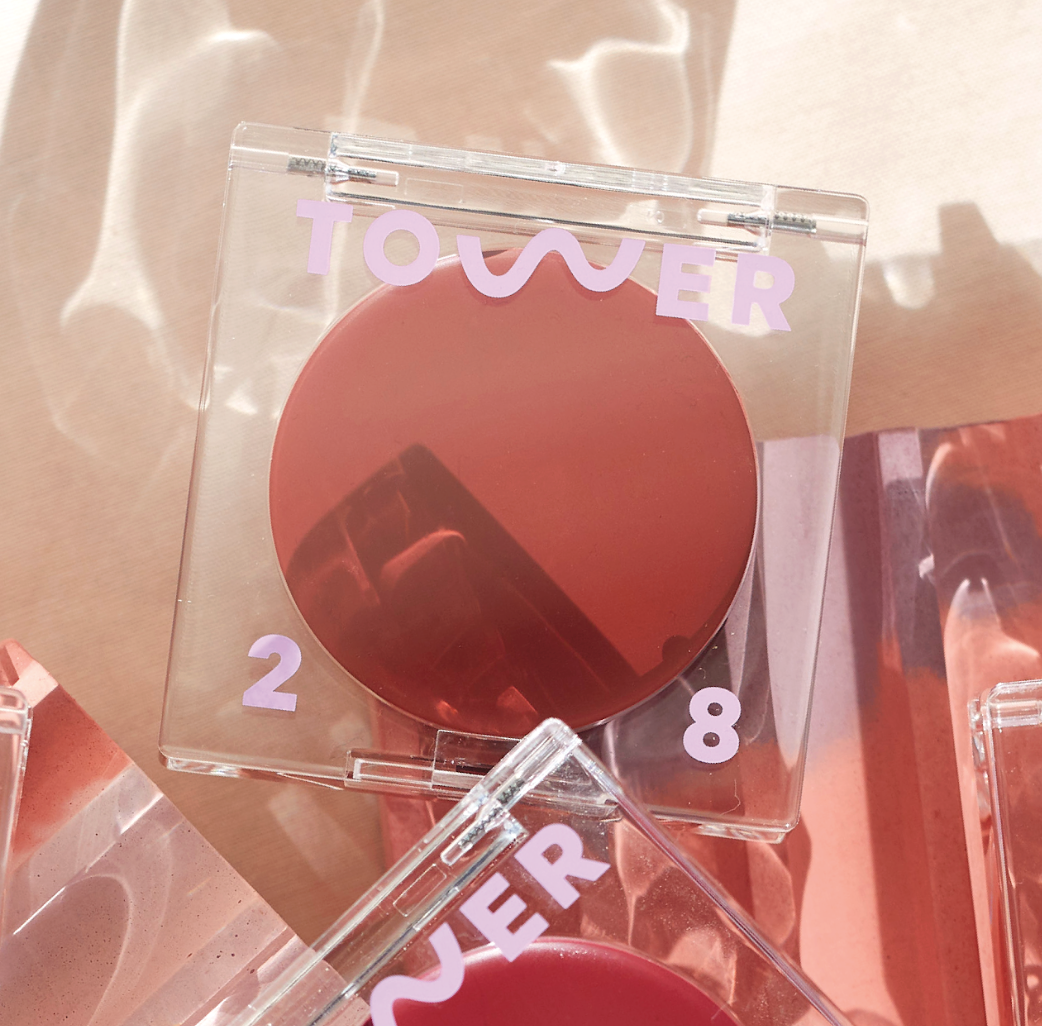
The beauty landscape has changed drastically over the last few years. Clean beauty products now play a prominent part in people’s daily routines, and it is time we learned a little bit more about this growing category. Sephora’s Clean Beauty Panel featured clean beauty brand founders spanning fragrance, skin, makeup, and hair care categories, as well as a special guest from Sephora Canada. The panel was also moderated by Michelle Bilodeau, who has an established career in the fashion, beauty, and lifestyle space as an editor at major publications such as FLARE and FASHION.
Michelle spoke with the following panelists;
- Greg Gonzalez, Co-founder of Youth to the People (skincare for all)
- Amy Liu, Founder of Tower 28 (clean makeup designed for sensitive skin)
- Barb Stegemann, Founder, and CEO of The 7 Virtues (natural fragrances and perfume)
- Nancy Twine, Founder of Briogeo (clean, natural hair care)
- Jane Nugent, Senior Vice President of Merchandising, Sephora Canada
Keep reading to learn all about these incredible founders and brands, as well as to find out the highlights from the Clean at Sephora Virtual Media Panel.
What exactly does it mean to carry the Clean at Sephora brand seal?
Jane: Clean at Sephora was an evolution of the naturals category. Sephora initially set out to define a list of clean ingredients, and, in 2018, the Clean at Sephora seal was launched. It all started with a list of 13 ingredients and brands across the beauty industry rallied.
Sephora cares deeply about its customers, and the Clean at Sephora seal has evolved to encompass its growing consumer base and keep up with macro trends as consumers continue to practice the importance of wellness and self-care. Beauty is a part of the wellness journey, and Sephora has evolved its standards and list to now span over 50 ingredients. Sephora has over 80 brands now that are Clean at Sephora. As a result of the brand’s commitment to transparency, Clean at Sephora has become known and respected across the beauty industry.
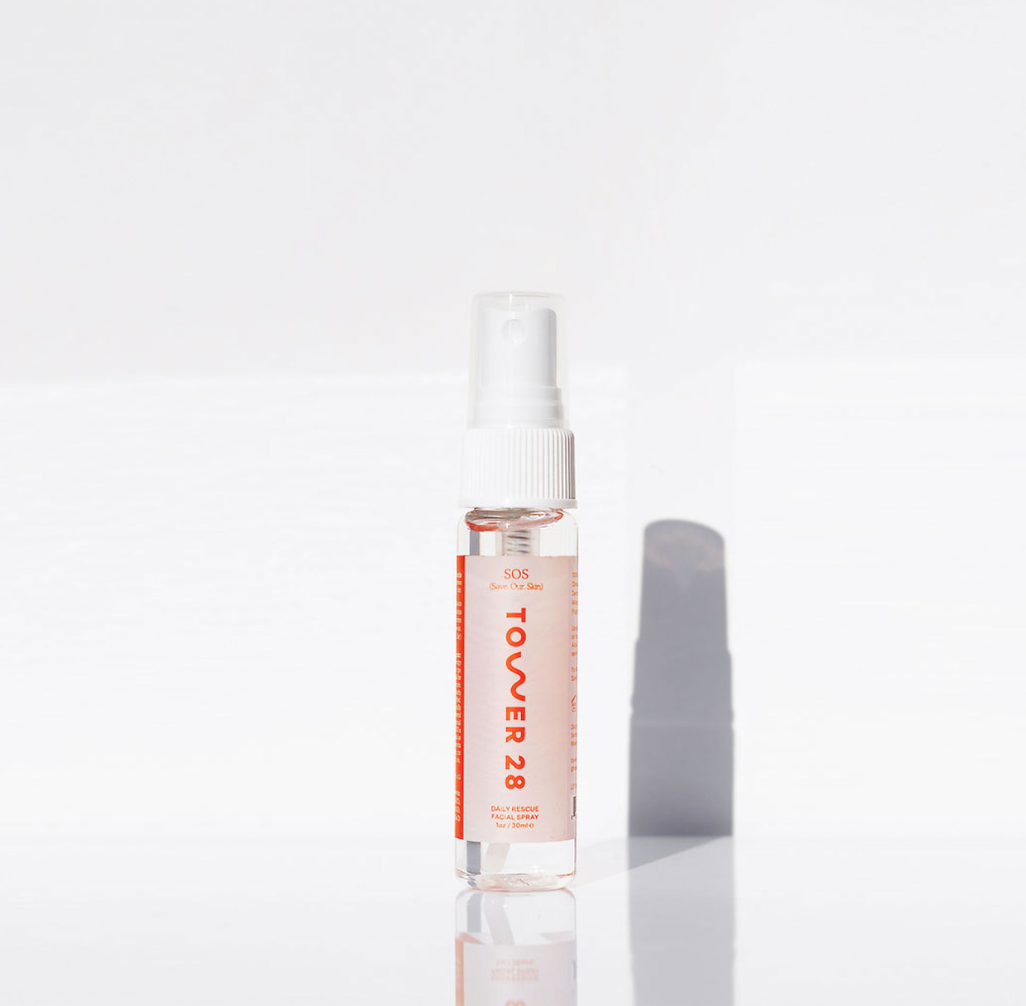
What’s one thing that you wish consumers would know about clean products in general or a myth you would like to de-bunk?
Amy: Clean is not very regulated and because of that brands can say what they want to some degree. It is important for brands to collaborate and partner with retail partners because they need to be verified- like Tower 28 and Clean at Sephora. A myth that I would like to de-bunk is that some people make clean synonymous with 100% natural, which is not always true- I actually believe in safe synthetics. Some people also think that Clean products are more expensive, which is not always true. We are proud to say that Tower 28 is an affordable brand.
Greg: The idea that natural is always safer and synthetic is always harmful, is a myth I would like to de-bunk because this is not always the case. Good synthetics can be more sustainable and have a better impact on the environment. Remember to look at each ingredient individually and educate yourself about the beauty products you invest in.
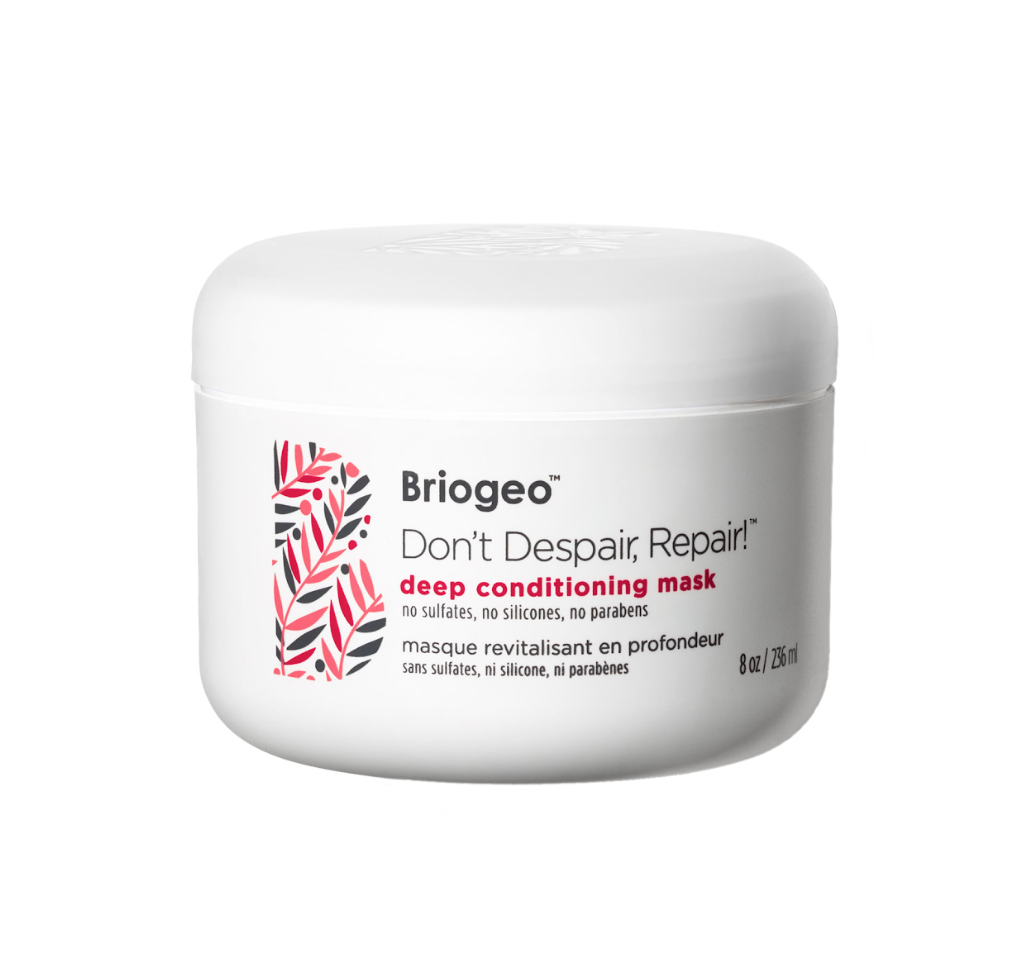
Can you talk to us about your journey as a clean haircare brand?
Nancy: Briogeo has a passion for clean beauty. Many people have the misconception that clean can’t be synonymous with effective, but that’s not the case. When I set out to create Briogeo, I knew I wanted to continuously make beneficial ingredient choices. At Briogeo, we pride ourselves on saying no to unnecessary ingredients like harsh sulfates, parabens, and silicones banned by the EU. These controversial ingredients can have detrimental effects on people and the environment. From the beginning, Sephora has helped Briogeo grow and become a pioneer in the clean haircare category. You don’t need to compromise great results with harsh ingredients!
How has the clean beauty space changed since you launched your brands? What are you happy to see in the space and what would you like to see a little bit more of?
Greg: It has changed and evolved a ton over time. It has become the norm mentality in a good way – brands are reformulating products with new standards and are more conscious. I would love to see more collaboration on both an individual and a brand level. The more we are aligned, the greater the shift can be.
Barb: The Clean at Sephora cooperative is so supportive. The old model of capitalism doesn’t work for Clean brands- we want to collaborate and lift our clients. We want to ensure we are fixing their problems and we do that best when we work together. I would love to see more social entrepreneurs and have more social enterprises in the Clean space. Consumers are switching to brands with a cause, which is so important. You can be clean, sustainable, and fair trade and still be a product that can compete with the big corporations.
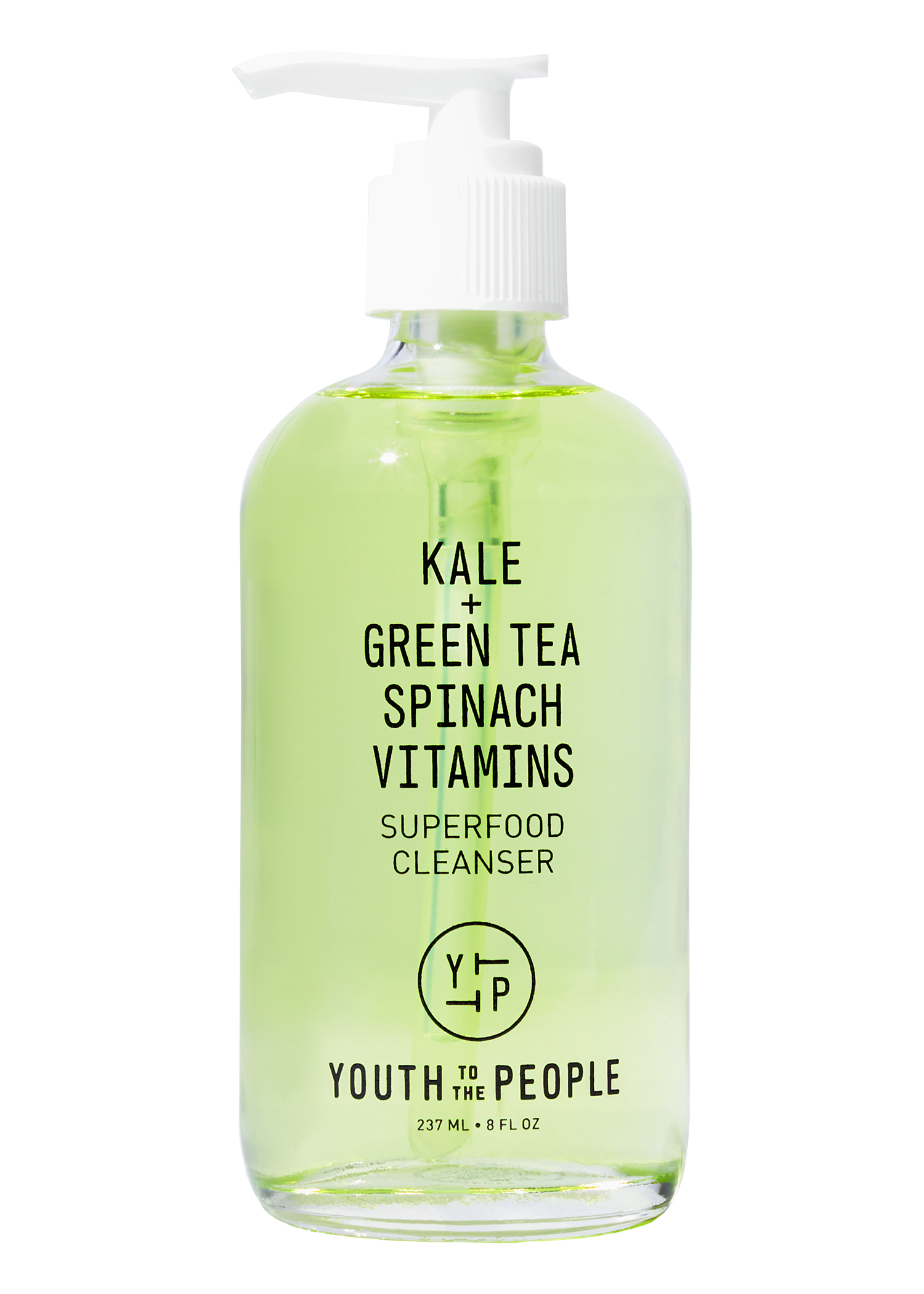
Does the 15 per cent pledge extend to the Clean at Sephora category?
Jane: If you are not aware, we [Sephora] signed the 15 per cent pledge with the 25 per cent pitch, to have 25 per cent of brand offerings be from BIPOC owners by 2026- and we are well on our way to reaching this goal. We currently have BIPOC owned brands in every single category, many of which are also clean. We will be bringing on new brands that are Clean and BIPOC-founded. We are noticing that almost every brand we bring on cares about clean ethos, which is great to see.
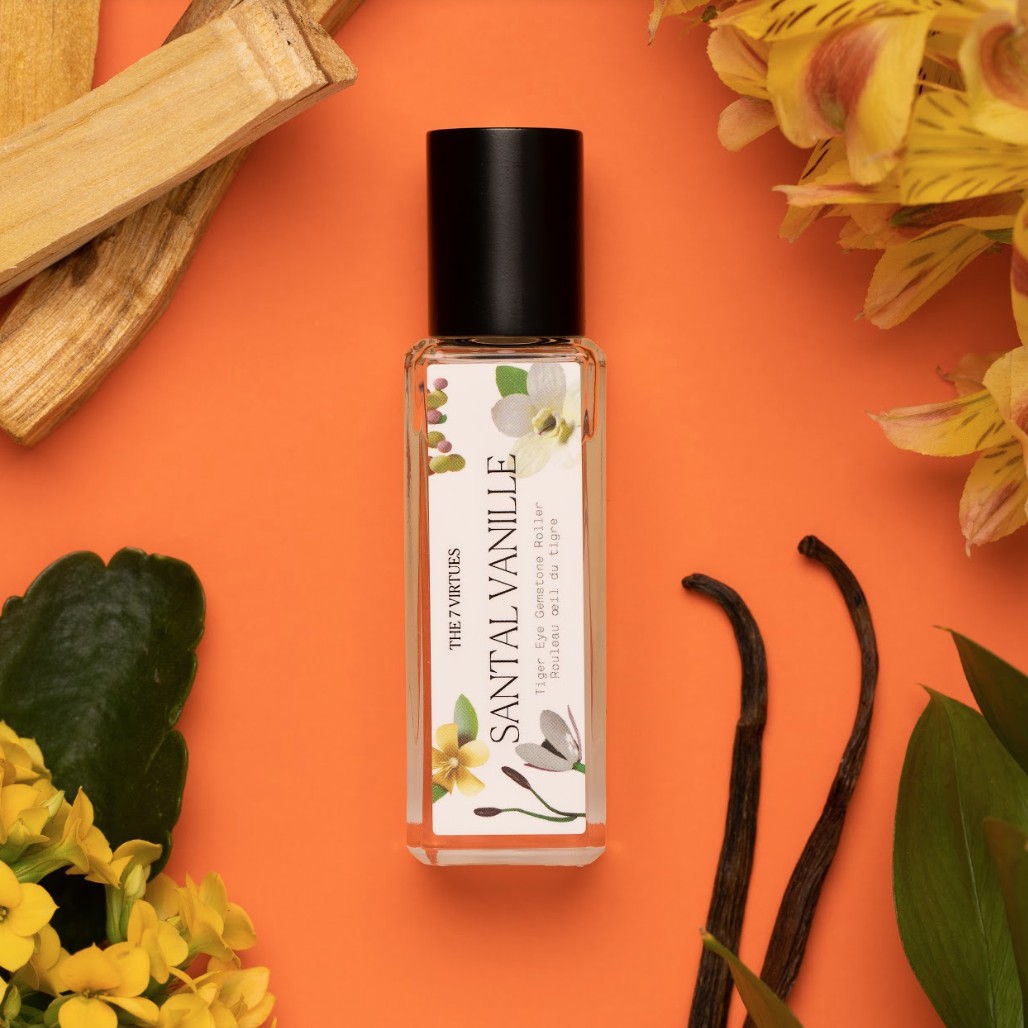
Has the pandemic helped consumers build their knowledge on Clean products and ingredients?
Barb: With being home more often, we have had the chance to educate ourselves more. A lot of people became educated and our sales in particular grew 188% over last year, and I believe it was fully because people had the time and bandwidth to sit, read and watch educational videos to learn about Clean beauty.
Amy: We were in some ways really lucky to have the time this past year to focus our efforts, as a Clean beauty brand. The consumer is also forever changed – people are reading reviews, etc. and people are learning to understand ingredients more. TikTok is playing a large part in this educational piece because there is a lot of information out there. Social media has pulled the curtain back and now people want to buy into a brand’s values and what they care about. This past year has been difficult but there has also been an unlock- giving consumers the ability to be in the driver’s seat.
Published by HOLR Magazine.


